We visited Croatian Troy! Bribirska glavica is a historical treasure of the highest category!
Croatia is full of hidden historical gems, and one of the most brilliant is Bribirska glavica, a site that archaeologists often call “Croatian Troy”. Located on a hill, Bribirska glavica covers 72,000 square meters and is 300 meters above sea level. This location is a cultural monument of the highest category and one of the most important archaeological sites in Croatia.
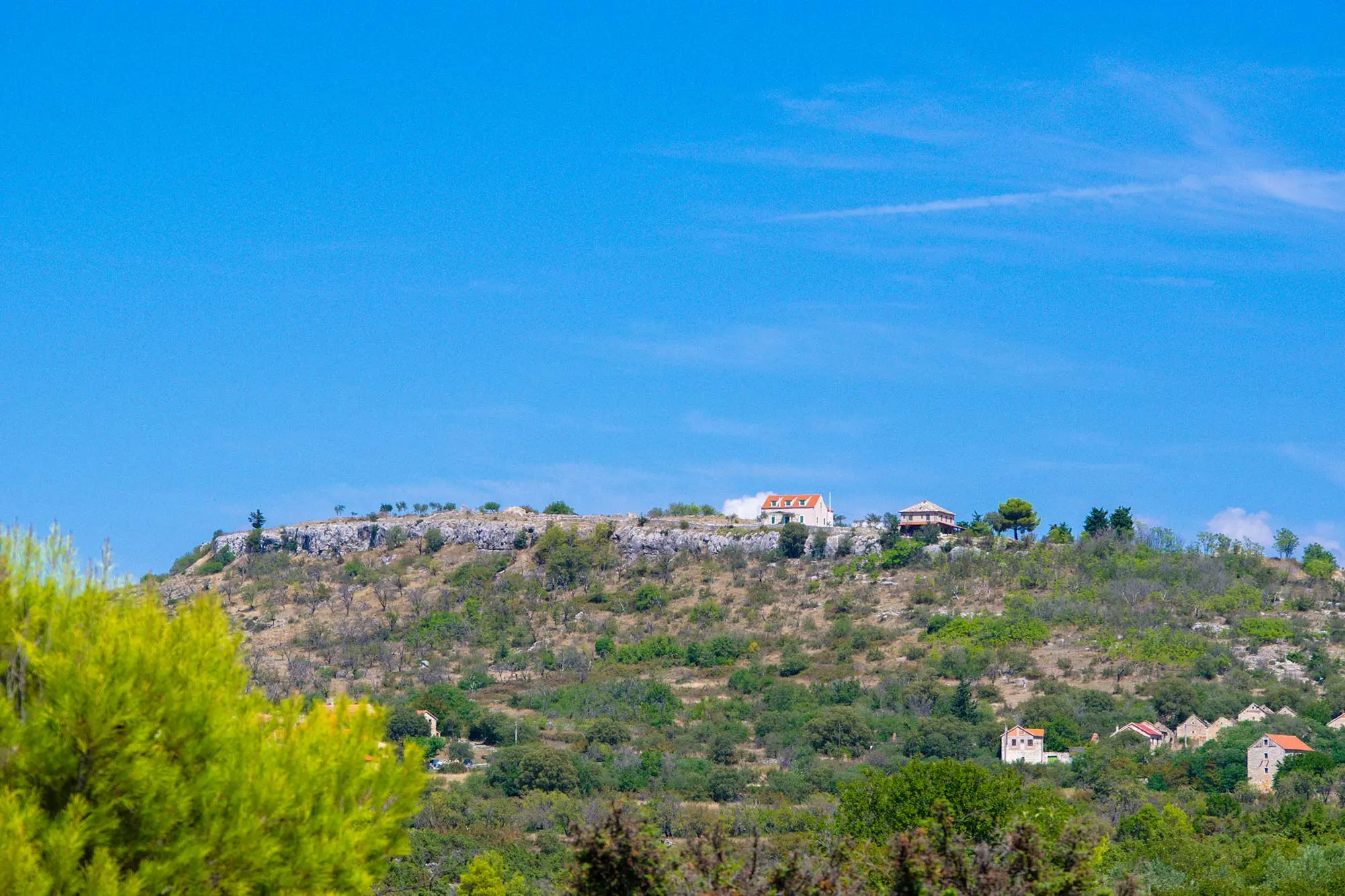
Bribirska glavica, Photo: Adria.fun
HOW TO GET TO BRIBIRSKA GLAVICA?
You can reach Bribirska glavica with a simple drive from Skradin. When you arrive, you will be greeted by the smell of nature and the view of the valley, which once provided a strategic advantage to the inhabitants of this place. Today Bribirska glavica calmly watches over the surrounding landscape, but in the past this area was a settlement of different civilizations that lived here for millennia.
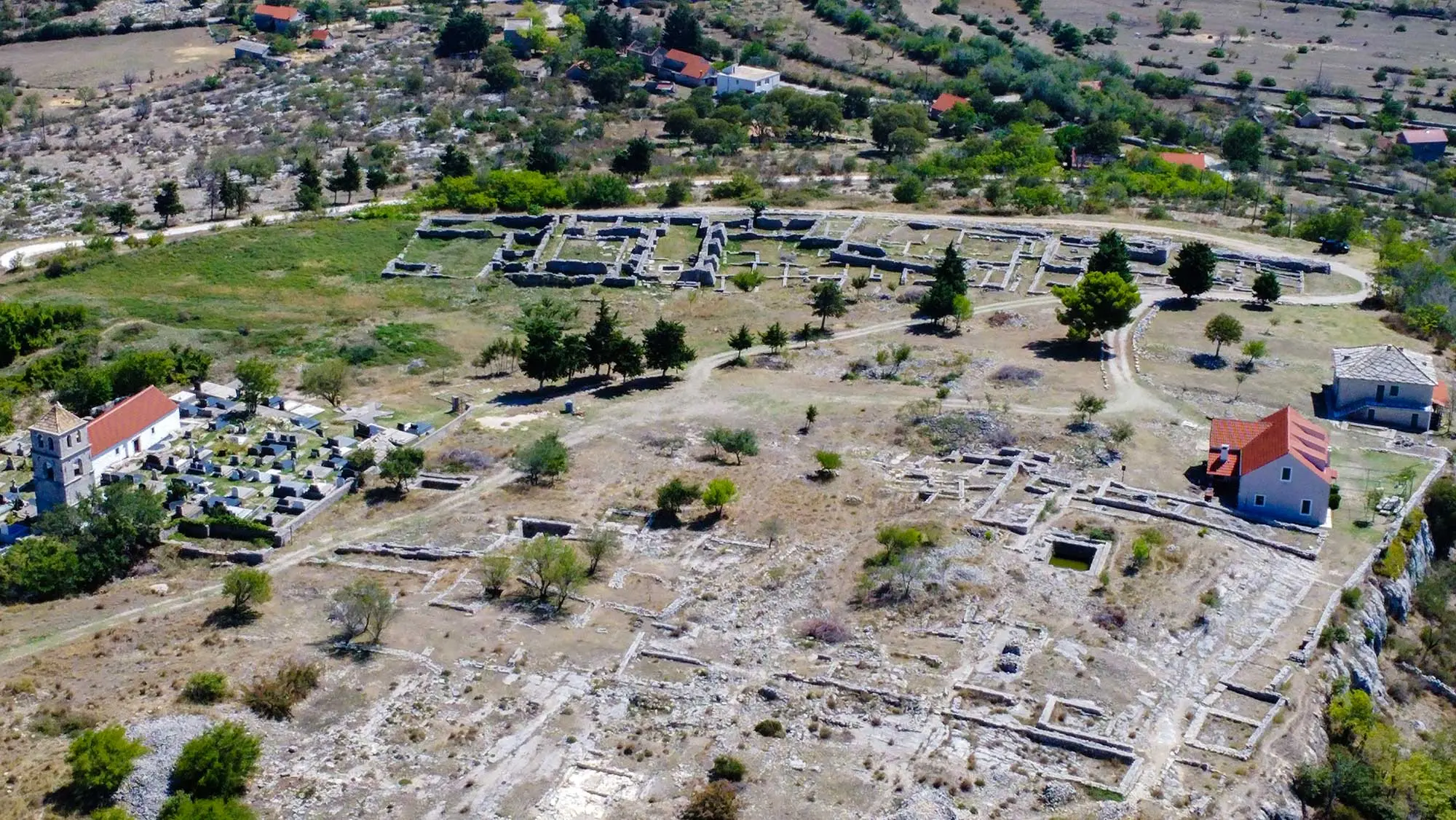
Bribirska glavica, Photo: Adria.fun
HISTORICAL SIGNIFICANCE OF BRIBIRSKA GLAVICA
What makes Bribir so special is its uninterrupted sequence of life from prehistoric times to the late Middle Ages. The continuity of civilizations can be traced here – from the Liburnians, through the ancient Romans, all the way to the Croats in the Middle Ages. In ancient times, the settlement was known as Varvaria, and later as Brebirium, to finally become Bribir. The Roman settlement was particularly important, as evidenced by the remains of temples decorated with mosaics, cistern systems, and the Roman fort Nympheum from the 1st or 2nd century.
- Nympheum, Bribirska glavica, Photo: Adria.fun
- Bribirska glavica, Photo: Adria.fun
- Mozaik (Mosaic), Bribirska glavica, Photo: Adria.fun
SAINT NIKOLA TAVELIĆ AND THE CHURCH OF SAINT ANA
One of the most important spiritual moments in the history of Bribirska glavica took place in 1375, when St. Nikola Tavelić, the first Croatian saint, joined the Franciscan order in the monastery of St. Mary in this locality. This event ranks Bribir among places of exceptional religious importance in Croatia’s history.
Today, the Orthodox Church of St. Ana stands on Bribirska glavica, reminding of the religious continuity and importance of this area through different eras. Today’s church was built on the foundations of an old Croatian six-leafed church, next to which a crypt with late antique sarcophagi from the 4th century was found.
- Crkva sv. Marije (Church of St. Mary), Bribirska glavica, Photo: Adria.fun
- Crkva sv. Ane (Church of St. Ana), Bribirska glavica, Photo: Adria.fun
THE FORTRESS OF BAN PAVLE ŠUBIĆ BRIBIRSKI
During the Middle Ages, Bribirska glavica became the center of the powerful Šubić noble family. Pavle Šubić Bribirski, Croatian ban and lord of Bosnia, and one of the most important magnates, built his palace here in the 13th century. The remains of that palace can still be seen today, testifying to the power and influence of the family that dominated this area.
Unfortunately, Bribir was not spared from destruction. The Turks occupied and destroyed this area in 1523, and it remained under their rule for almost 150 years. After their departure, the fort itself was never rebuilt. Later, Venice took control of the area in 1684, using the ruins of the fort as a quarry.
- Dvor Pavla Šubića Bribirskog, Bribirska glavica, Photo: Adria.fun
- Dvor Pavla Šubića Bribirskog, Bribirska glavica, Photo: Adria.fun
ARCHAEOLOGICAL DISCOVERY AND MUSEUM COLLECTION
To date, only one-fifth of the archaeological site of Bribirska glavica has been explored, but numerous valuable finds have been found, including Roman temples, mosaics, and cistern systems. Although the Bribir Museum Archaeological Collection exists, it has never been opened to the public, and unfortunately, the interactive maps located all over the site have never been activated.
During my visit, I could only view the “museum part” from the outside. Only a few stone tablets were left, which can give some insight into the rich history of this locality.
- Bribirska glavica, Photo: Adria.fun
- Bribirska glavica, Photo: Adria.fun
- Bribirska glavica, Photo: Adria.fun
STUNNING VIEW
A visit to Bribirska glavica is not only a journey through history but also an enjoyment of nature. From the top of the hill, there is an incredible view of the surrounding valley, which leaves you breathless. This beautiful landscape further enhances the experience of history – imagine generations who have looked at this same valley for centuries.
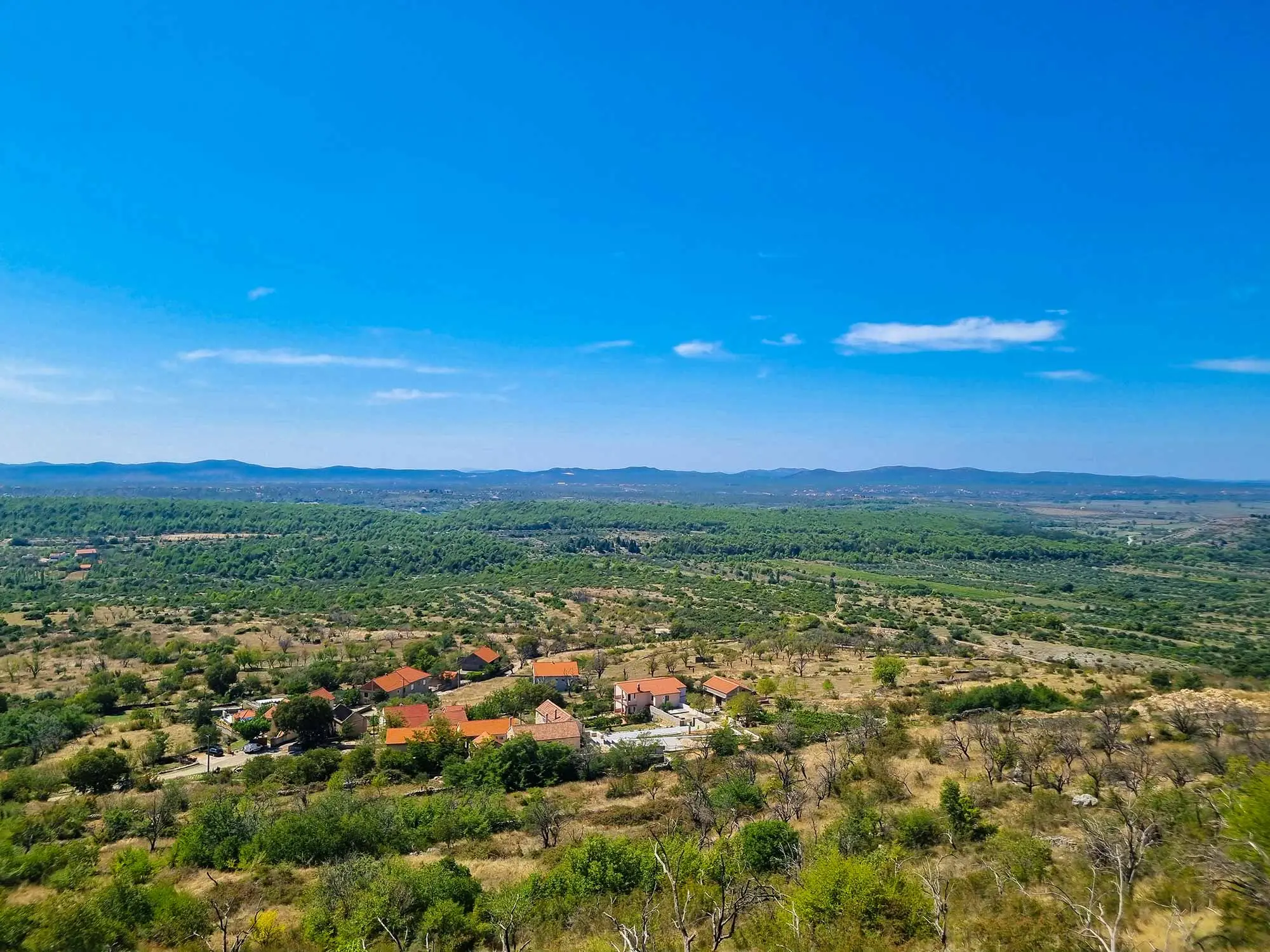
Bribirska glavica, Photo: Adria.fun
I invite you to visit Bribir and personally experience the magic of this place. There is no better way to explore history and nature than in person because photos and texts cannot fully convey everything that Bribirska glavica has to offer.

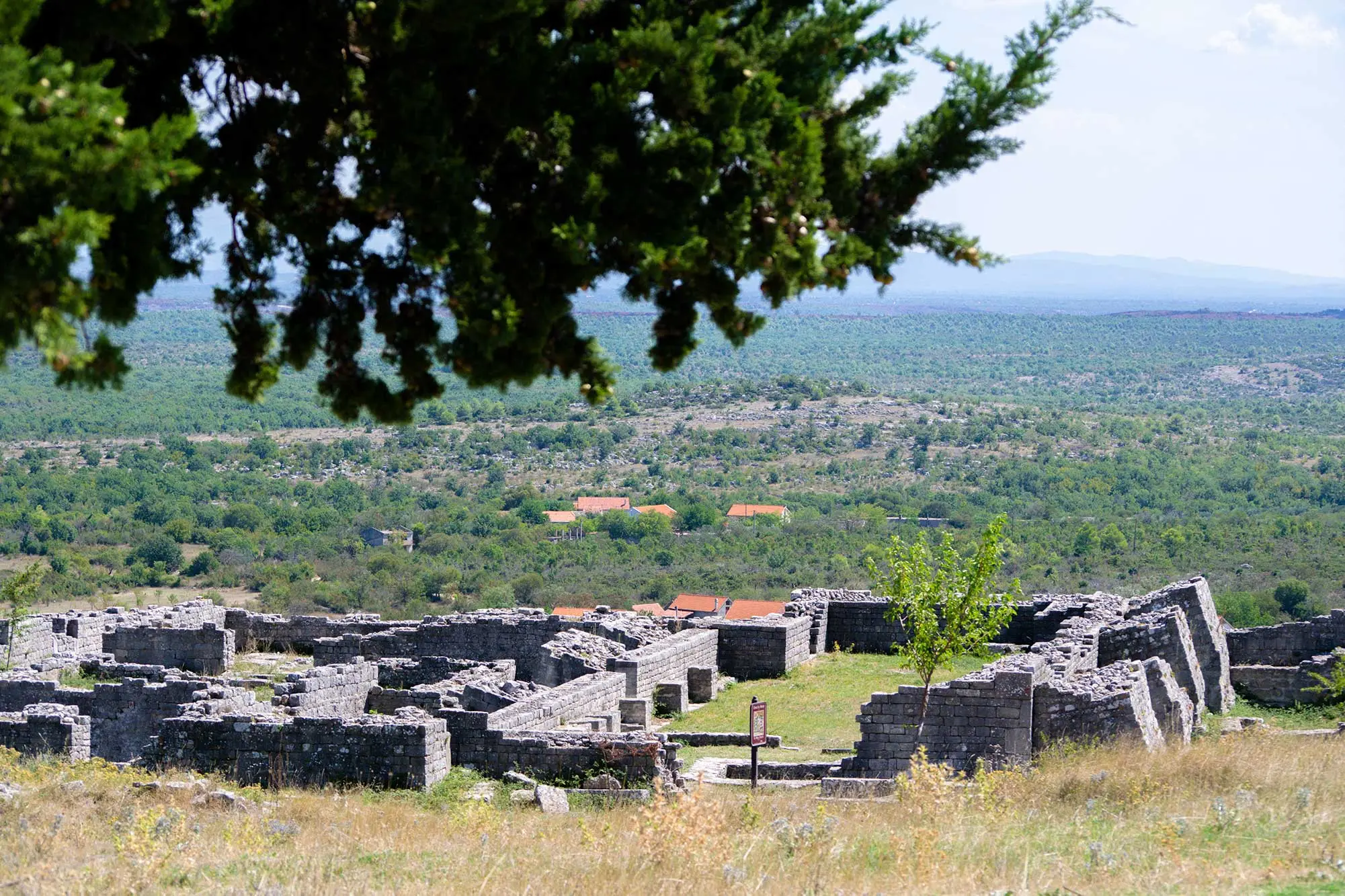
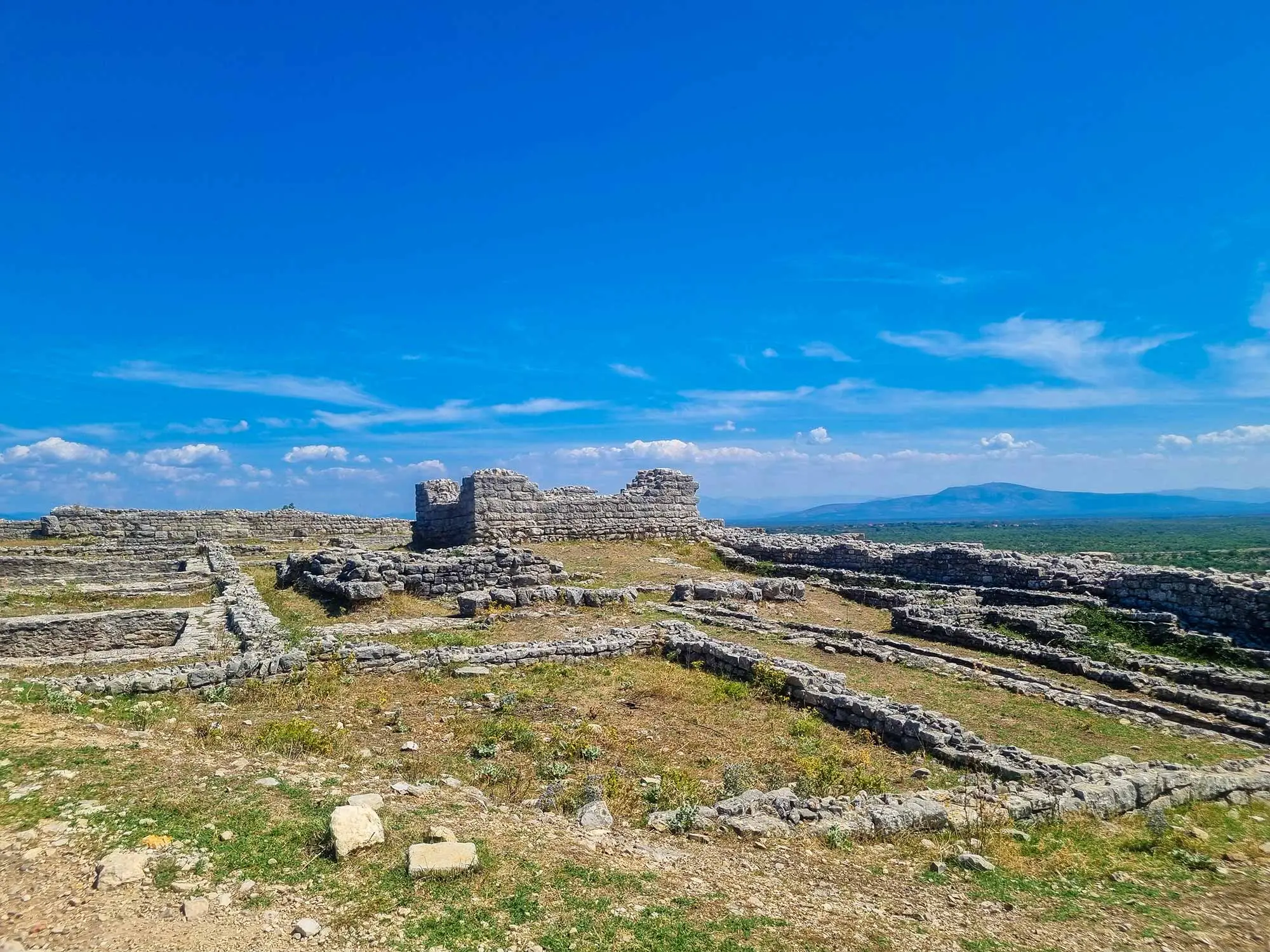
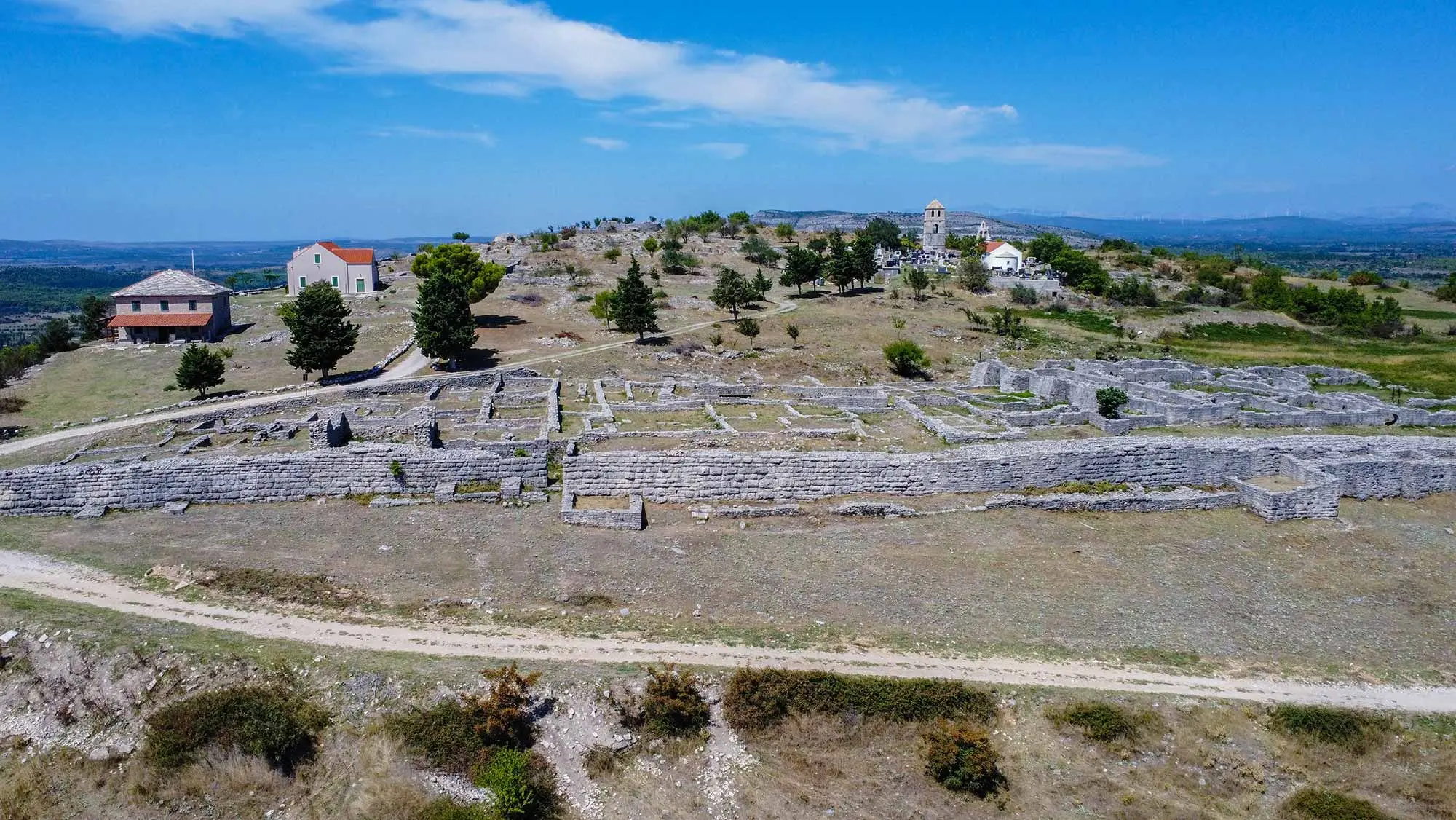

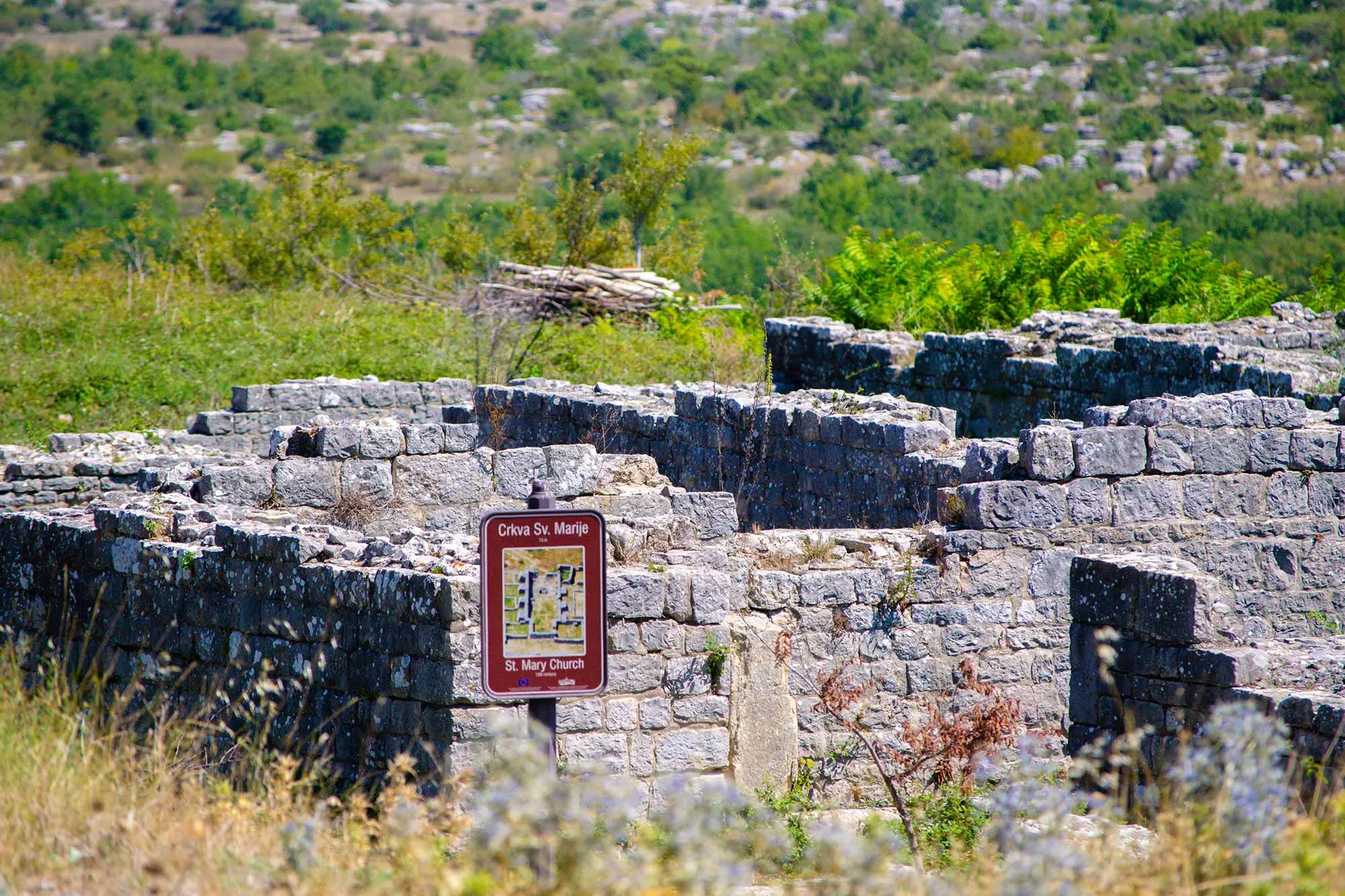
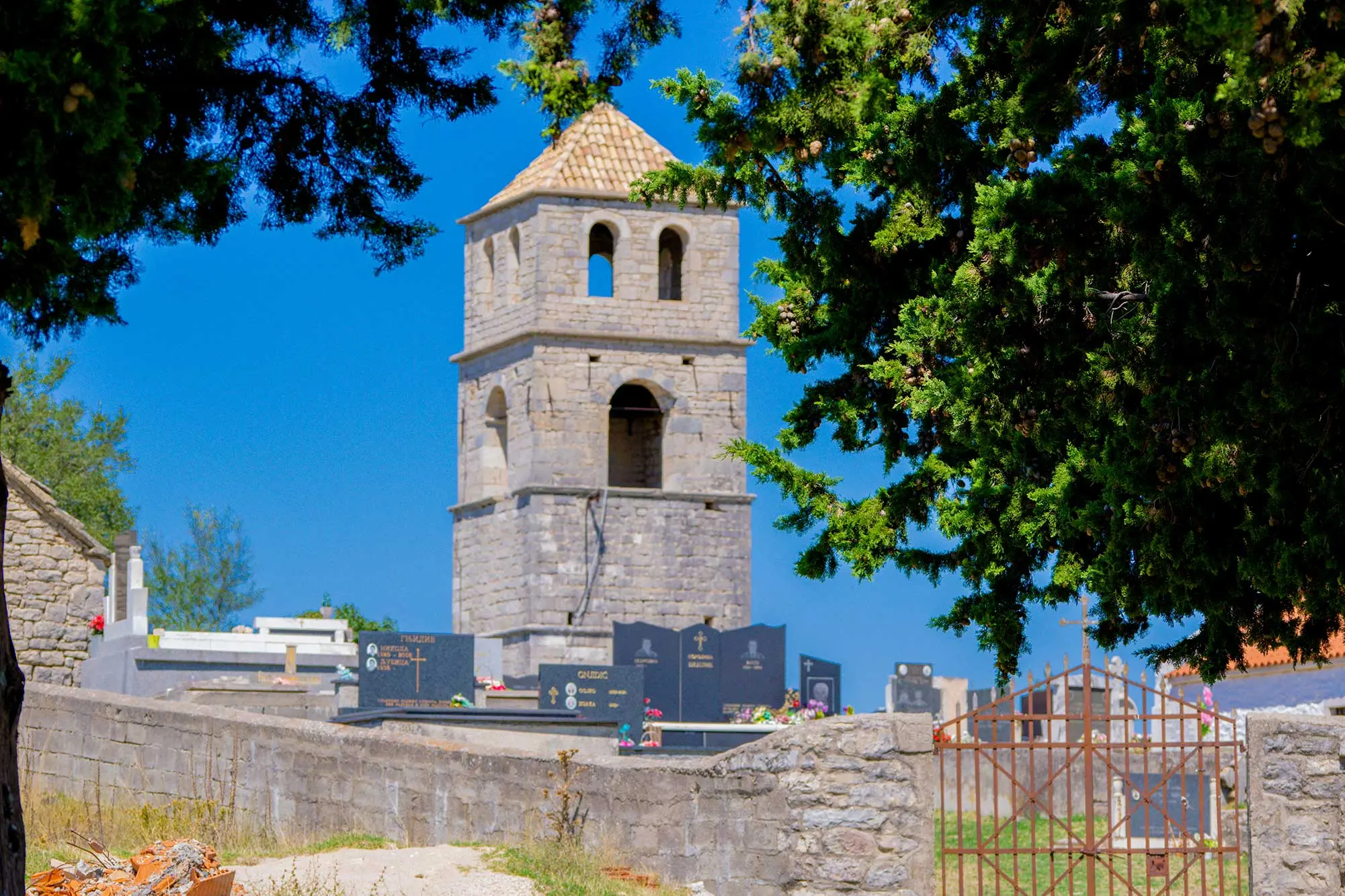
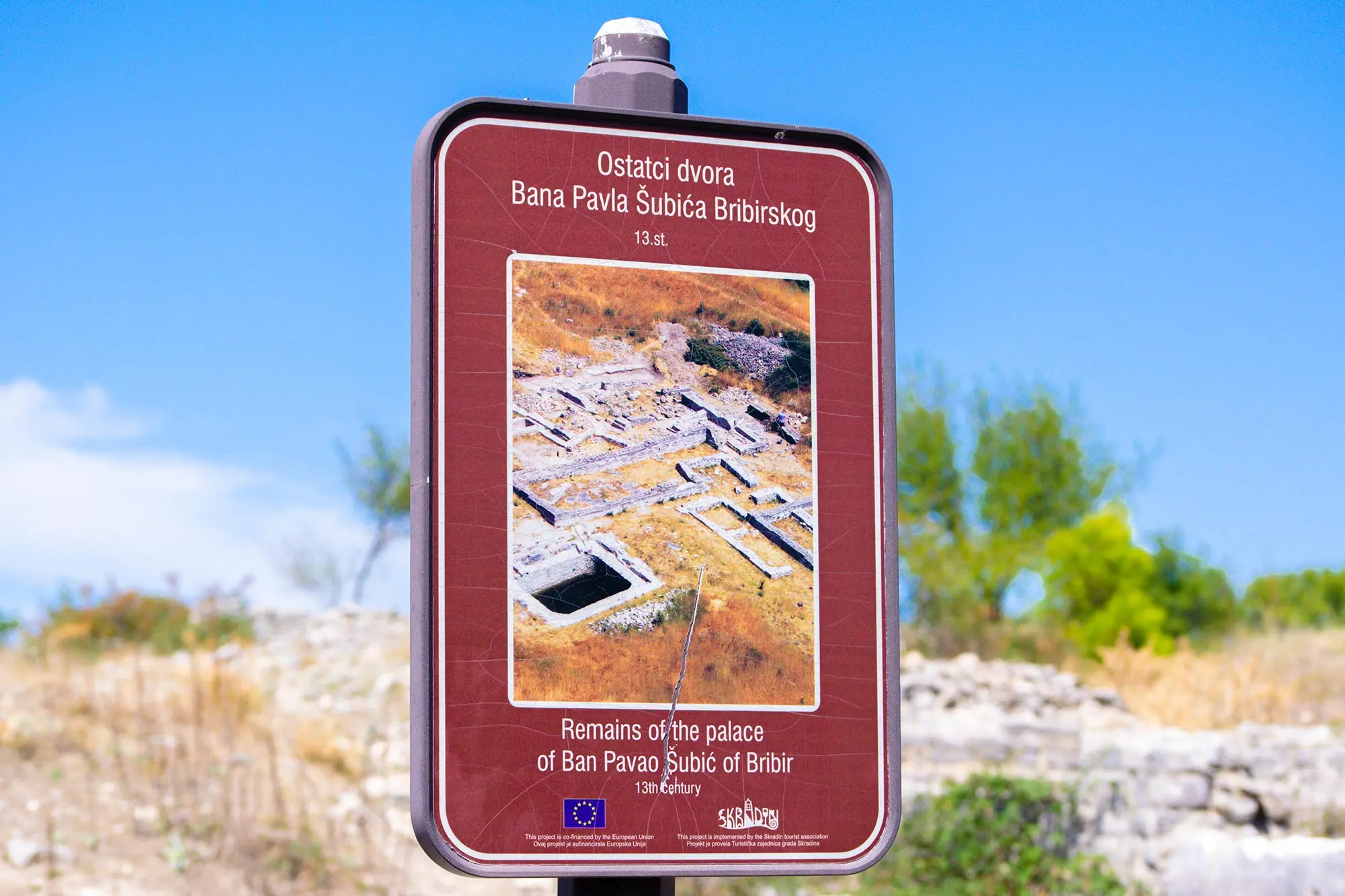
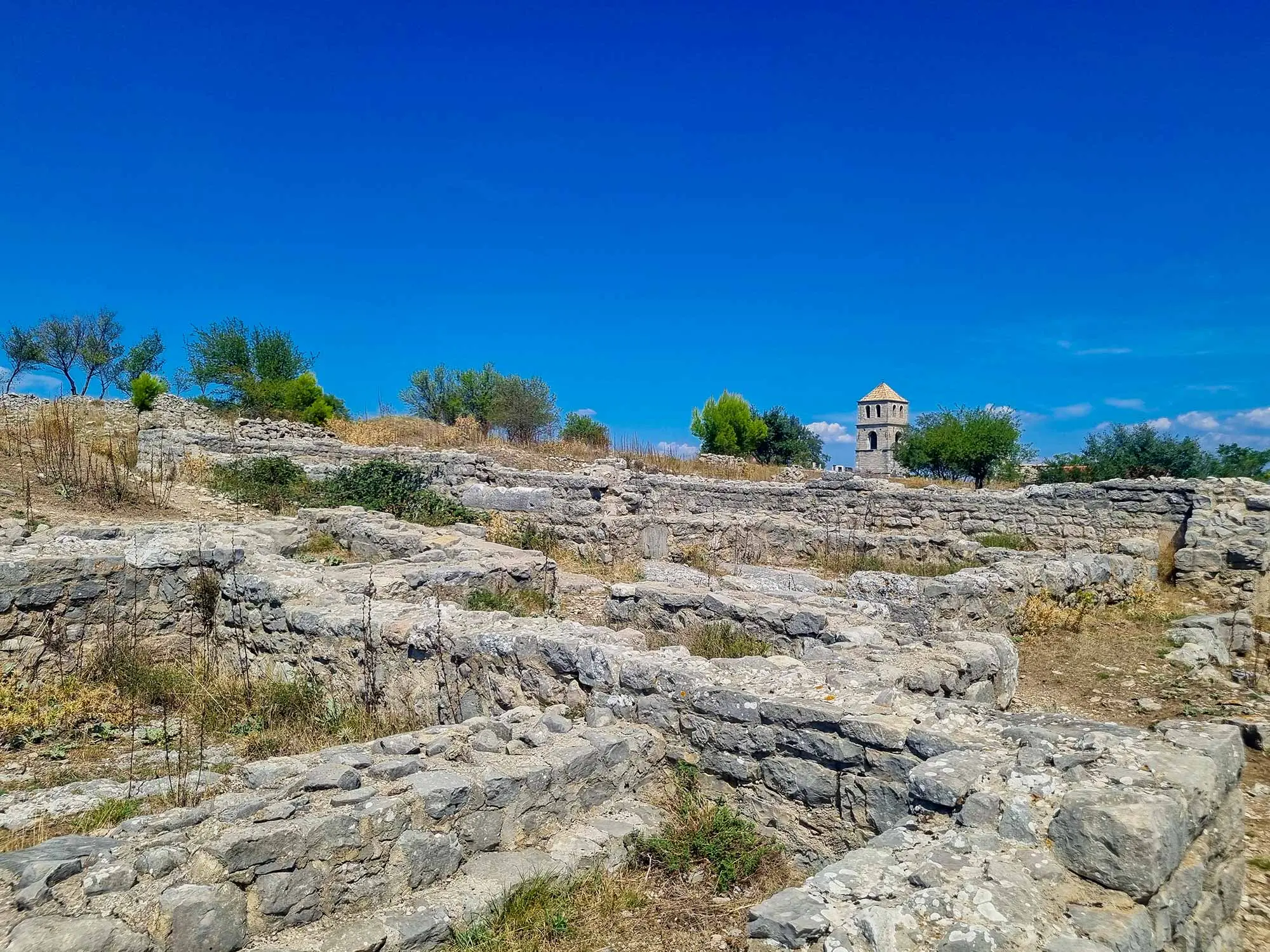

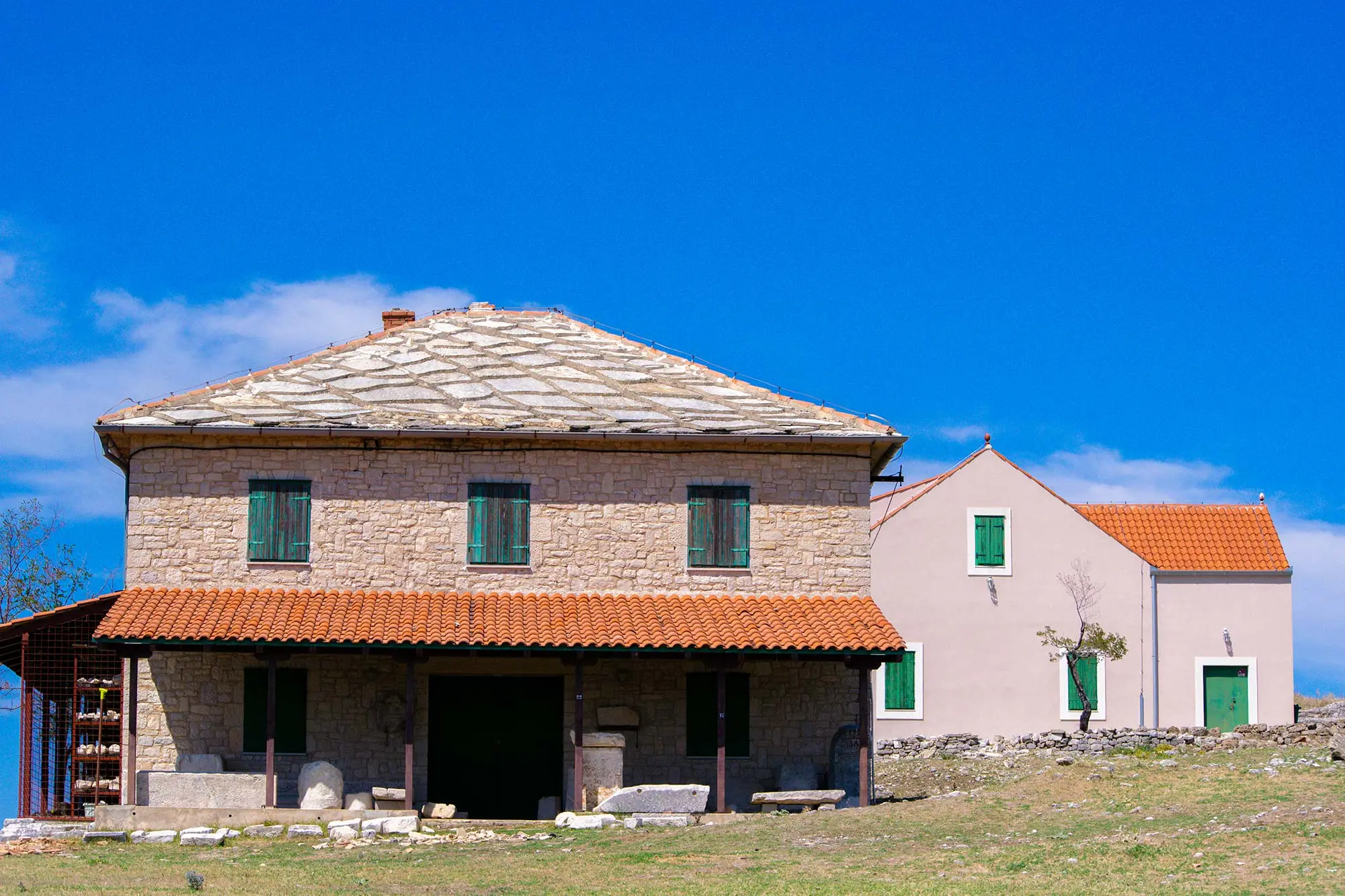
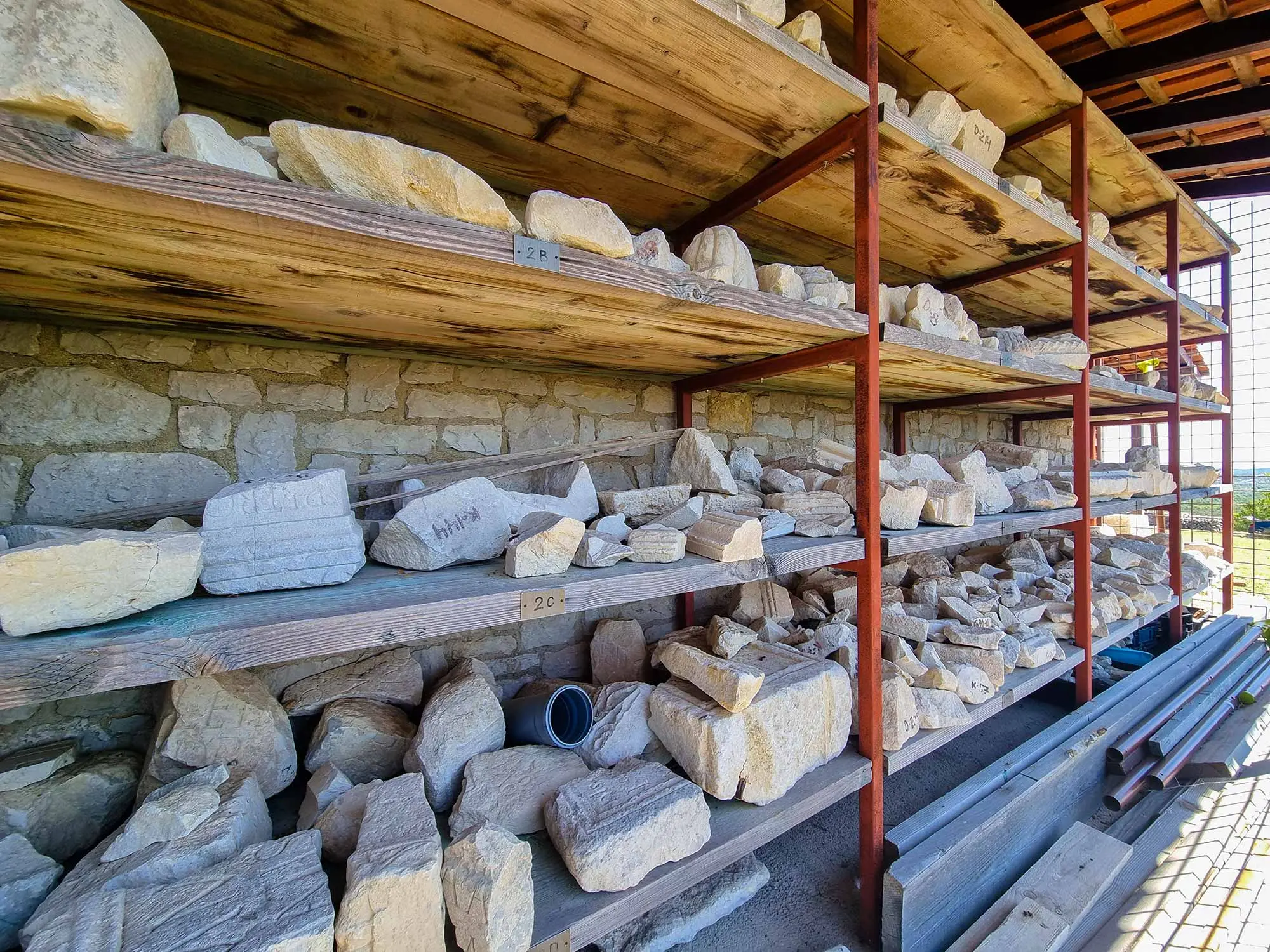
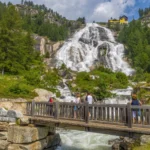

Leave a Reply